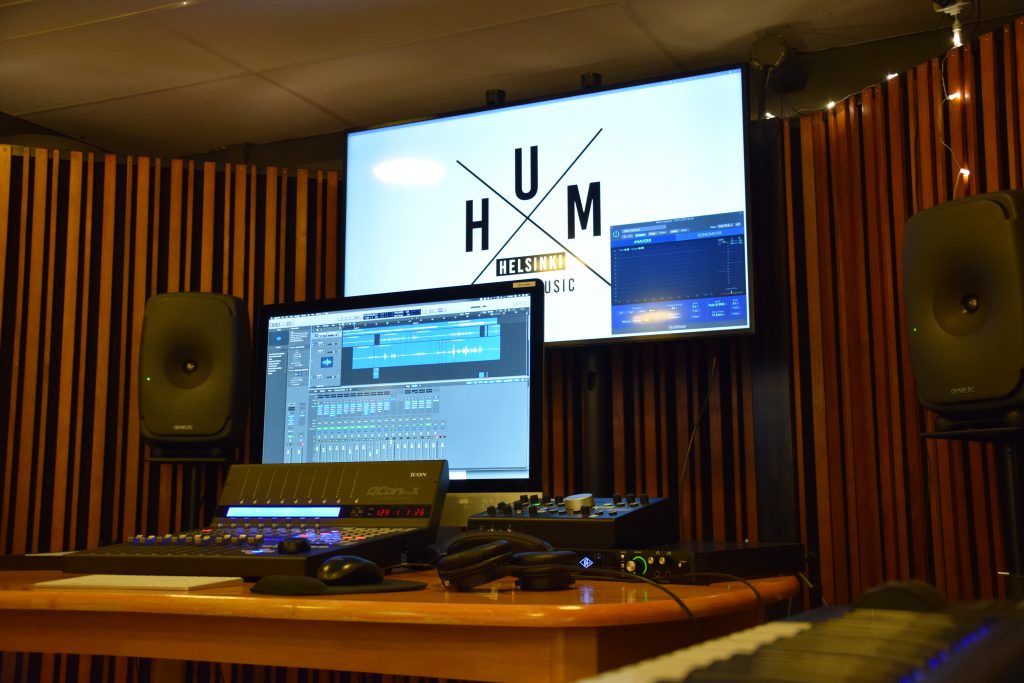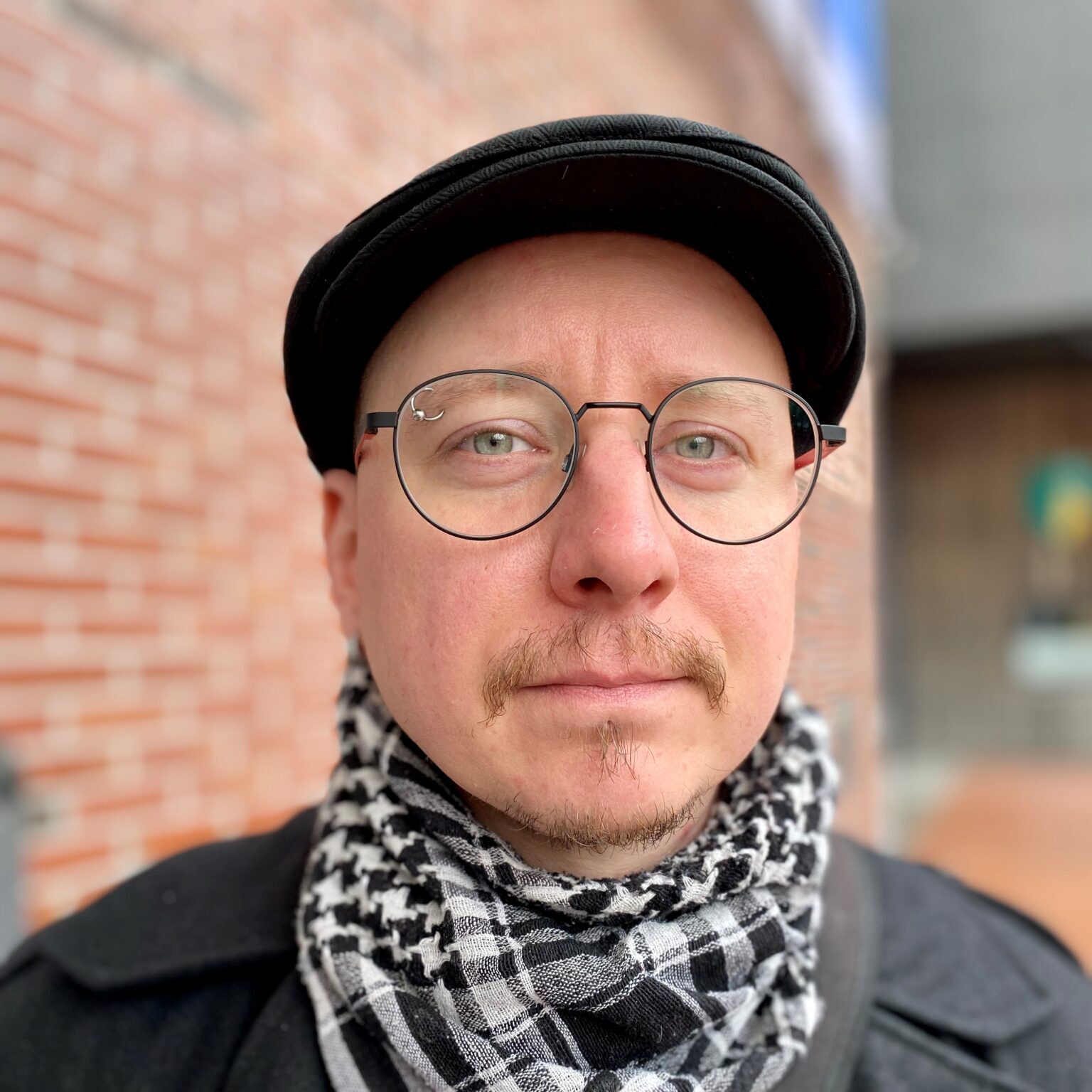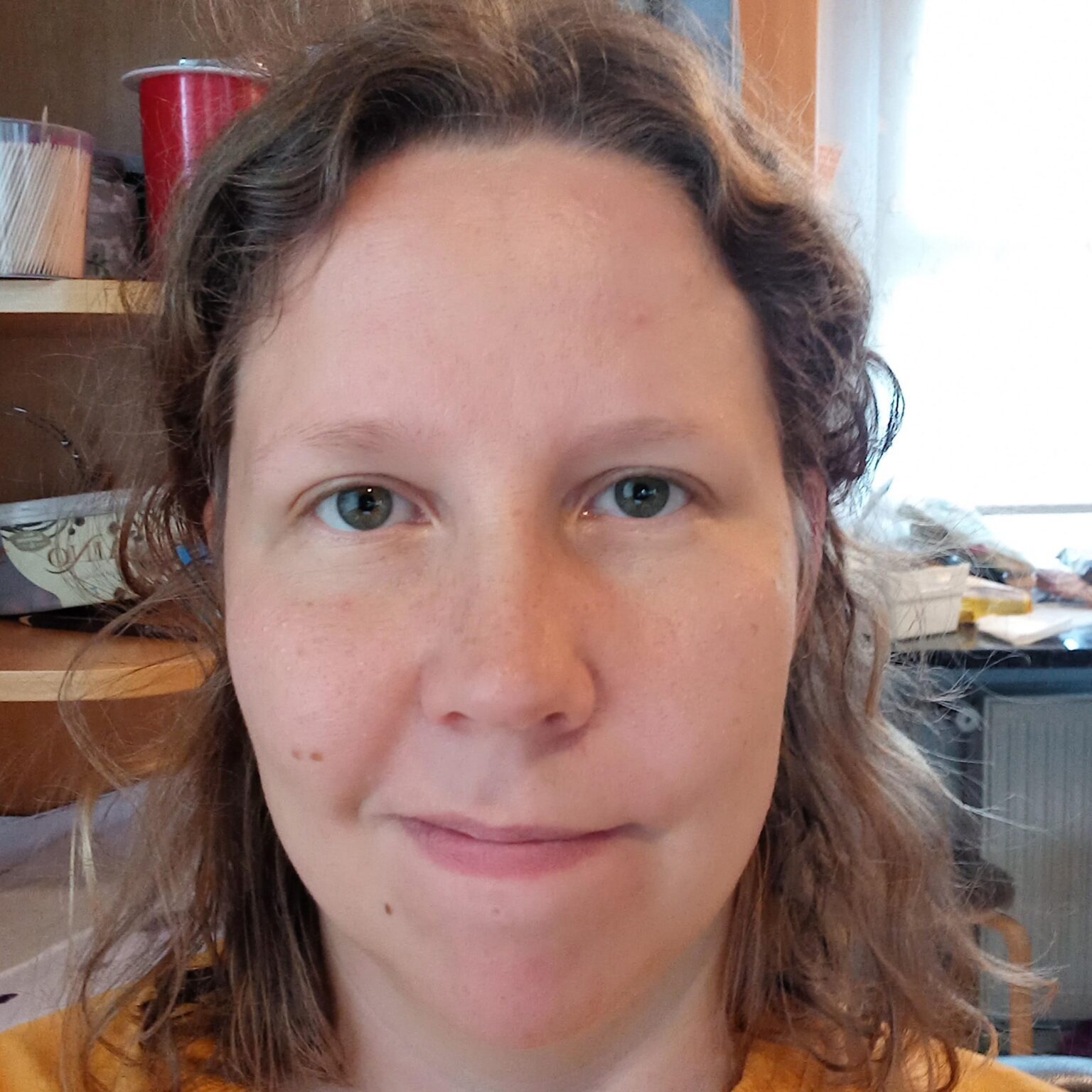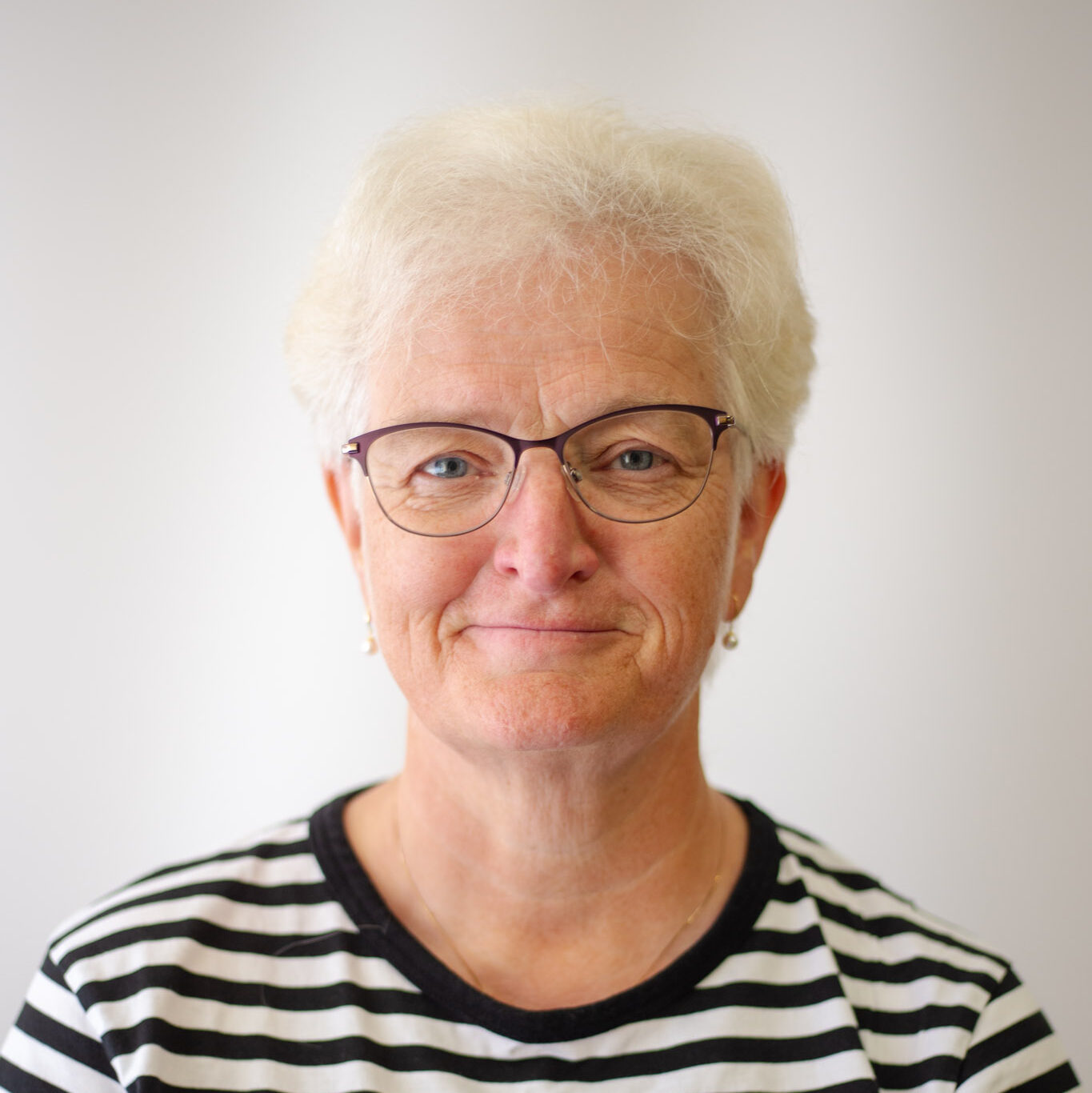Helsinki is, in many ways, the forerunner of digital cultural youth work in Finland. This is mostly due to the fact that Helsinki is home to almost 200 000 young people, over 300 professional youth workers, over 50 youth centres – nearly one for every neighbourhood – as well as a variety of NGOs offering cultural activities for youth. Helsinki has also decided to invest in digital youth work, with advanced digital equipment, trained employees and a commitment to establishing both special digital cultural Hubs and decentralized competence among youth workers.

Let´s have a look!
The Diggiloo project was lucky to have the City of Helsinki Youth Services join us as an associated partner, taking an active role in the co-operation. Our other partner, Verke, also nests inside the same organization, so there was a good representation. Verke co-ordinates the National Centre of Expertise for Digital Youth Work in Finland.
The City of Helsinki offers a wide range of activities for young people aged 13-29. All the activities are free and open for all. Before we introduce some concrete examples, let’s have a look at the trends, ambitions and aims of digital cultural youth work.
Mikko Röman is Coordinator of Digital Youth Work within the City of Helsinki. We have gathered information for this article by interviewing him along with Aino Palmroos who studies youth work at Humak. Mikko also gave a presentation for the Diggiloo steering group and has shared his thoughts throughout the project.
In his presentation, Mikko noted that: “One thing seems to be almost certain – the youngsters we work with and ourselves continue being surrounded by technology now and in the future – so let’s tackle it”.
Digital youth work has been already defined at the EU level as: “Proactively using or addressing digital media and technology in youth work. Digital youth work is not a youth work method – digital youth work can be included in any youth work setting (open youth work, youth information and counselling, youth clubs, detached youth work, etc.). Digital youth work has the same goals as youth work in general, and using digital media and technology in youth work should always support these goals. Digital youth work can happen in face-to-face situations as well as in online environments – or in a mixture of these two. Digital media and technology can be either a tool, an activity or a content in youth work. Digital youth work is underpinned by the same ethics, values and principles as youth work.” The target, says Mikko, is to implement this in our youth work.
He speculates on the techniques that may be available in 2030, when our current youth are adults: it is possible that robots will do most of our physical work, artificial intelligence (AI) may be our co-worker at the office and flying drones will fly in lunch when we’re hungry. Actually, none of this is science fiction; it is already possible.
Mikko reasons that since research has shown that the idea of the “digital native” is a myth, we need to help all young people learn to use technology and refine their media literacy – they are not born with these skills.
While outlining the digital youth work plan as part of his work as coordinator, Mikko has made use of the conclusions of the EU level Council of Digital Youth Work. It is important to try to implement research to develop new approaches, he observes.
The first conclusion on digital skills is: “Digital literacy and other 21st-century skills play a crucial role in young people’s independence, social inclusion, employability and daily lives.” It is with this thought, reflects Mikko, that we encourage young people to get involved in participatory budgeting, for example. There are two avenues of influence. City-wide ideas are gathered largely online: improvements are suggested and voted on to determine which receive funding. There is a separate budget reserved specifically for young people’s own activity needs and this process is facilitated largely face-to-face in youth centres and schools via digital devices.
The second conclusion has a social equality theme when it states: “The digital divide needs to be bridged. All young people should have equal opportunities to enhance their digital competences, regardless of their background”. Gaming consoles are available in all Helsinki youth centres and seven of these centres also provide special equipment for computer gaming. Libraries also serve the whole community: there are, for example, 36 decent 3D printers available for use in the city’s public libraries, so you don’t necessarily need to buy your own equipment.
This conclusion addresses equality for all in the use of digital technologies regardless of gender, nationality, language and so on. This is implemented in many ways such as Gaymers’ nights, an open gaming event organised by the City of Helsinki for sexual and gender minority youth.
We move on to discuss the centralized digital cultural Hubs and decentralized competences that the city supports. The spectrum of offerings for young people Mikko describes is wide. Participants of the media activities can take portraits in a photo studio, for example, or shoot short films and music videos, create video effects in a green screen studio, and edit videos with professional programs. They can also broadcast a radio show, record podcasts and take part in multi-camera streaming.
In the Voice of the Young Editorial Board, young people produce newspaper articles, TV stories and blog posts for Finland’s largest media organisations and stimulate social discussion in social media.
The Helsinki Unity Music network boasts 10 professional music studio facilities in 8 different locations with guidance available.

Luuppi Media
Luuppi Youth Centre, situated in Kontula, offers media activities for school groups and young people. At Luuppi, you can make your own media art in a studio. The place offers the possibility to create your own videos or photography and a green screen studio where you can stream or take photos. Luuppi also organizes street art and graffiti workshops free-of-charge. Young people can also borrow equipment such as cameras and recording and video equipment.
Kipinä Youth Activity House
Situated in Itäkeskus, Kipinä is a youth centre boasting various radio and music studios. Here the Helsinki Unity Music studio network operates out of three studios named Mummola, Kellari and Puukkopaja. Signaalimedia is also situated here, and it offers a place for young people to create their own podcast or produce their own radio show. Signaalimedia provides the space and the equipment. Young people can also loan equipment and run their own radio channel. Signaalimedia publishes their finished work for example in Spotify or Instagram. One of their projects has been careers podcast Ammattipodcast. In these episodes two teenagers invite people from different professions to talk about their jobs. Guests have included a flight attendant, police officer, nurse, architect, stylist, actor, rapper, midwife and subway driver. The guests describe their average day, talk about how they got into that line of work and try to give a real insight into the profession. The podcast seeks to provide people – especially young people – with an accurate picture of what it’s like to work in various professions. There is a separate broader article about creating podcasts writen by Eevi Savolainen elsewhere in this publication.
Narri Youth Theatre
Situated in Sörnäinen, Narri specialises in theatre activities for young people aged 9-29 years. The activities that Narri offers include theatre groups, camps, courses, workshops, events and performances. Each group lasts a whole school year, and the cost of participation is minimal. The programme seeks to promote young people’s wellbeing using the methods of theatre pedagogy. It can be very meaningful for a young person to participate and experience the power of group work. Other youth centres also run youth theatre groups and producing plays is a popular hobby.
Tiivistämö Event Hub
Tiivistämö is situated in Suvilahti. The City of Helsinki Youth Events Unit moved to its current address in 2019 along with Gloria Cultural Arena. Gloria offered a range of subculture events. Tiivistämö is an urban space that offers facilities for various kinds of events, from small shows to big raves or competitions. Tiivistämö also offers internships for young people, helps them organize various events or find work in different event roles. Tiitivästämö interns get to use professional standard event equipment, such as mixing desks, lighting technology, multi-camera recording and visualization technology. During the worst of the Covid-19 pandemic, Tiivistämö adapted their shows for streaming. The unit stayed open throughout the pandemic, and by streaming everything was able to continue as an event space with a different concept.
Herttoniemi – Hertsi
Hertsi, in Herttoniemi, is a new venue for young people, offering a variety of activities. Hertsi offers a small studio space, that can be rented, as well as a space designed especially for dance and theatre activities, a group mode for hosting meetings and a space designed for gaming and watching movies.
Decentralized general competence among youth workers means that every practitioner is expected to know the basics of both digital and cultural youth work to be able to support and guide youth groups. Staff are encouraged and trained to get involved in projects, to build their own competences and even specialize in a particular media or art form. The aim is that youth work empowers young people to be active and creative in our digital society, capable of making informed and reasoned decisions, and of taking responsibility for and being in control of their own digital identity.
Youth work also has a role to play in helping young people navigate online risks related to conduct, content, contact and commercialism, including issues such as hate speech, cyberbullying, disinformation and propaganda.
Lastly, we asked Mikko what he considers to be most important in implementing digital youth work. Mikko responds that a curious mind, a positive attitude and the courage to experiment and learn from failure would be enough to start with.
He offers this example: “If youth wants to build a website and the youth worker doesn’t know how, then the youth worker can always say: I don’t know how, but let’s find out.”
More information can be found from these sources:
Youth Helsinki combines all important things in one place.
Voice of the Young Editorial Board – Youth Helsinki
Kipinä Youth Activity House – Youth Helsinki
Narri Stage – Youth Helsinki
Home – Tiivistamo
Hertsi Youth Club – Youth Helsinki

Mikko Röman is Coordinator of Digital Youth Work within the City of Helsinki.

Aino Palmroos studies youth work at Humak.

Author Susanna Pitkänen is Diggiloo project manager and senior lecturer at Humak.








